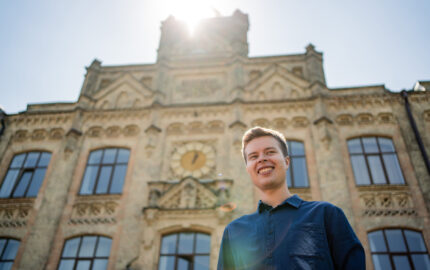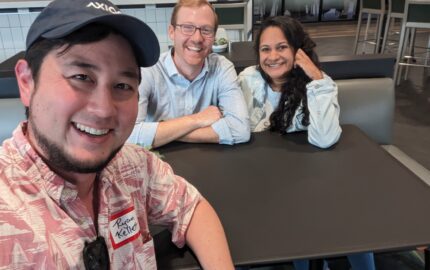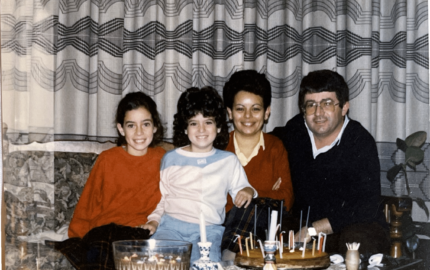I never dreamed of being a journalist. I came to this profession without studying it in college, guided by my love for the written word. I had studied history at the university, and always imagined that choice would lead me to an academic career in which I would divide my time between archives and the classroom.
But two years after my college graduation, I found myself, by chance, in The Associated Press bureau, in San Juan, Puerto Rico, debuting as a journalist, though I did not even dare to call myself that. If someone asked me in those first years what I did for a living, I would typically answer “I work as a journalist,” instead of saying “I am a journalist.” Today I realize that this was a manifestation of a severe case of impostor syndrome. But, reflecting on why in 2005 when I started working as a reporter for the AP, it was so hard for me to state my profession, I realize that a great part of that difficulty came from a deep respect for the trade and the personal and social responsibility that comes with being a journalist.
Little by little, however, I realized that even when I came into journalism because of my interest in writing, it was the historian skills I learned at the University of Puerto Rico that, even today, 14 years later, work as the perfect backbone for the type of journalism I like to explore.
Starting out as a reporter at the AP, I mainly covered breaking news; when I had the time, I reported and wrote features. Those were the ones I enjoyed the most. It all started with a little story, based on newly released public data, about the large traffic jams in the San Juan metropolitan area. Instead of writing a spot news story, I dared to play with the language and images of bored drivers who withstood these jams day after day. After reading it, my editor encouraged me to continue writing that way. That day I discovered that, in journalism, I was also allowed to be creative, and thus began my eternal search for important stories that I could tell in a more literary and narrative manner. I was also noticing how little I liked to rub shoulders with politicians and those in power—a peeve that lasts to this day—and that daily news, especially what is tied to agendas imposed on us by public relations specialists, bored me greatly. Journalism, then, became a vehicle to pursue the kinds of narratives that first got me interested in history: those that question the official story and defy power.
And then I rediscovered the archives. While at El Nuevo Día’s investigative unit, I started working on stories that allowed me—and, moreover, required me—to dive deep into historical archives to understand the present. Oh, did I like it.
Exploring the archives, I managed to decipher, for example, how much money the Puerto Rican government had spent—more than $250 million—during three decades of endless feasibility studies for the construction of a cargo port that never materialized and that was being proposed yet again. Combining historical research with data journalism techniques, I explored the origin of dozens of tax incentives that were in effect in Puerto Rico, even when the government could not identify all of them or offer an estimate of their impact on the treasury.
Reviewing documents and old newspaper articles or photographs felt like home. But I didn’t make an immediate connection between that part of my job and my college background, because it all felt so journalistic. It took me a few years to notice that the stories I enjoyed working on the most, the ones with impact, were relevant to the present but also had an important history unknown to or forgotten by the majority of the public. Once I allowed myself to fully accept that my academic training was seeping into my work, I started pursuing these kinds of stories with intention.
Not long after that, I found myself back in the archives, this time in an attempt to understand why an iconic hotel in the Puerto Rican capital had been closed for almost half of its existence. I learned that the same features that make it distinctive and make most people oppose its demolition—its boat-like structure and the tiny and emblematic corner of one of San Juan’s older neighborhoods where it sits—are some of the main reasons for the failure of its multiple iterations, some even at the expense of public funds.
This approach to journalism from a historical perspective is what I hope will now help me investigate and narrate the post-Maria Puerto Rico, and tell the stories of my country with the appropriate nuances. Because the crisis on the island—much less the political, economic, and social inequalities that Puerto Ricans face—did not begin with the hurricane on September 20, 2017. All these are decades-long—historical—issues that can only be fully grasped, and, hopefully, resolved, if their causes and origin are explored and understood.


